Summary
Ram Ghat in Chitrakoot is not just a historical site but a profound spiritual destination. Its timeless connection to the Ramayana and its serene atmosphere make it a must-visit for devotees and history enthusiasts alike.
Location
- Ratnawali marg, Ram Ghat Rd, Kashavgarh, Chitrakoot, Uttar Pradesh 210204
Full Story
Ram Ghat in Chitrakoot, Uttar Pradesh, is one of the most significant pilgrimage sites in India. Located on the banks of the Mandakini River, this ghat is deeply associated with the life of Lord Ram and the epic Ramayana. It serves as a spiritual and historical landmark for Hindus.
1. Historical and Mythological Significance
- Connection to Lord Ram:
- Ram Ghat is believed to be the place where Lord Ram, along with Sita and Lakshman, spent a significant part of their 14-year exile (Vanvas).
- It is where they bathed in the sacred waters of the Mandakini River.
- Meeting with Sage Tulsidas:
- According to popular lore, this is the ghat where Tulsidas, the revered poet-saint, had a divine vision of Lord Ram.
- It is said that Tulsidas wrote parts of the Ramcharitmanas here, inspired by the sanctity of the place.
- Spiritual Importance:
- The site is revered as a sacred place of penance, meditation, and divine blessings. Saints and sages have meditated here for centuries.
- The Mandakini River is considered holy, and a dip in its waters is believed to wash away sins.
- Mention in Ancient Texts:
- Chitrakoot is described in Valmiki’s Ramayana as one of the most beautiful and peaceful retreats in nature.
- It is also referred to in the Skanda Purana and other Hindu scriptures.
2. Key Features of Ram Ghat
- Mandakini River:
- The ghat runs along the banks of the Mandakini, where pilgrims take holy dips.
- The river is known for its serene flow and purity.
- Evening Aarti:
- A grand Aarti of Mandakini River takes place daily at the ghat. The sight of floating diyas (lamps) in the river is mesmerizing.
- Temples and Shrines:
- Numerous temples line the ghat, including the Bharat Milap Temple, marking the spot where Bharat met Lord Ram to request his return to Ayodhya.
- The Hanuman Temple and Tulsidas Smarak are also major attractions.
- Ghatside Activities:
- Pilgrims perform rituals, offer prayers, and feed fish in the river.
- The ghat is lively with sadhus (holy men) and devotees throughout the day.
3. Cultural and Religious Practices
- Parikrama (Circumambulation):
- Devotees perform the Chitrakoot Parikrama, a pilgrimage circuit covering Ram Ghat, Bharat Koop, Kamadgiri Hill, and other sacred spots.
- Festivals:
- Amavasya: New moon days are considered highly auspicious for bathing and offering prayers.
- Ram Navami: Celebrated with grandeur as Lord Ram’s birthday.
- Deepavali: The ghat is illuminated with countless lamps, symbolizing Lord Ram’s return to Ayodhya.
- Pind Daan Rituals:
- Many pilgrims come to perform Pind Daan, a ritual for the peace of ancestors’ souls.
4. Nearby Attractions
- Kamadgiri Hill:
- A sacred hill considered the heart of Chitrakoot. Devotees circumambulate the hill as an act of devotion.
- Bharat Milap Temple:
- Commemorates the meeting between Bharat and Lord Ram during his exile.
- Gupt Godavari Caves:
- A series of caves associated with Lord Ram and Lakshman. A spring flows through these caves.
- Sphatik Shila:
- A rock where Lord Ram and Sita are believed to have rested. Their footprints are said to be visible here.



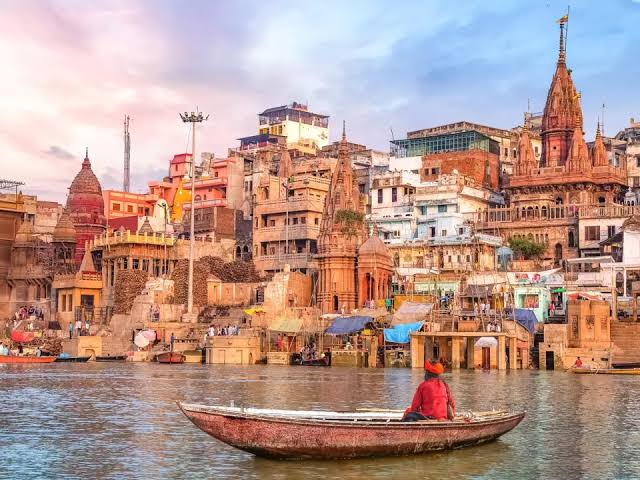
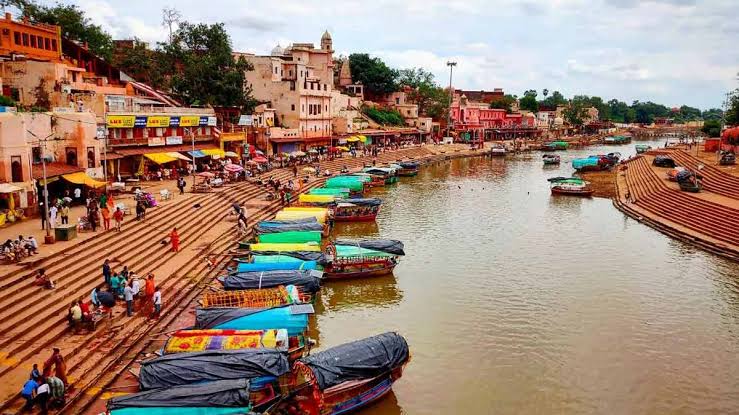
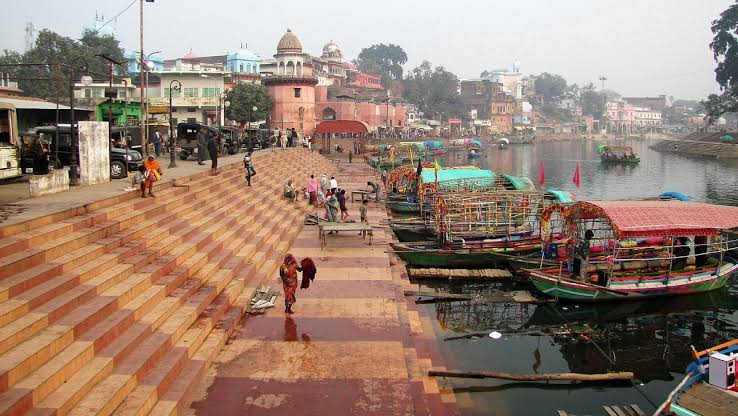
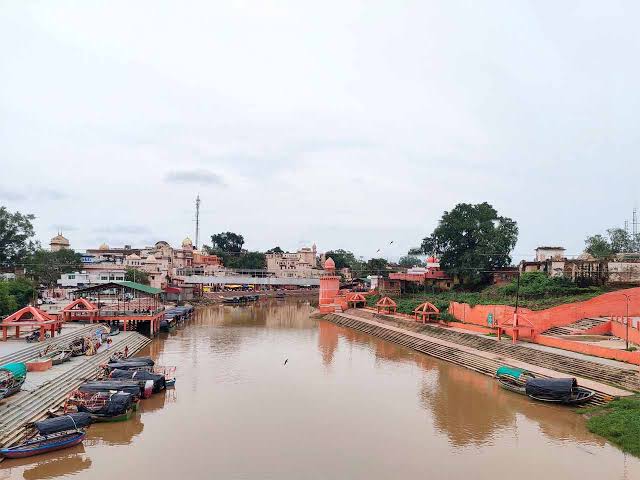
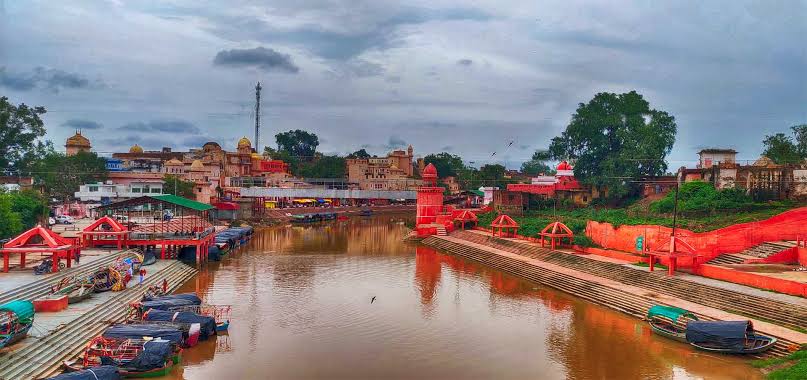
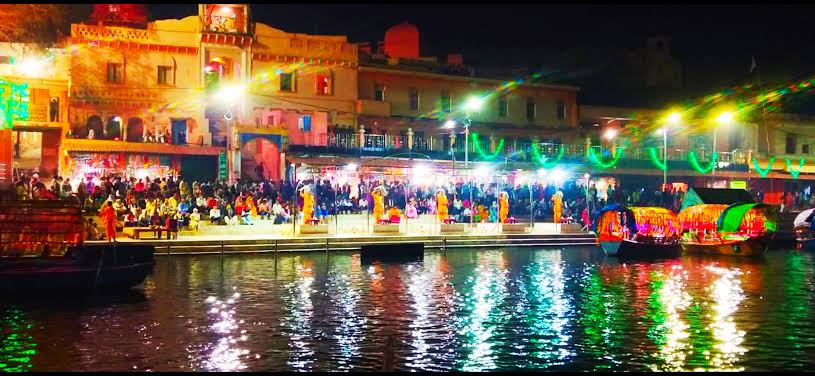








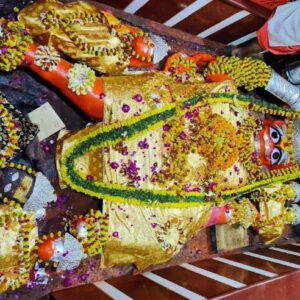




Reviews
There are no reviews yet.